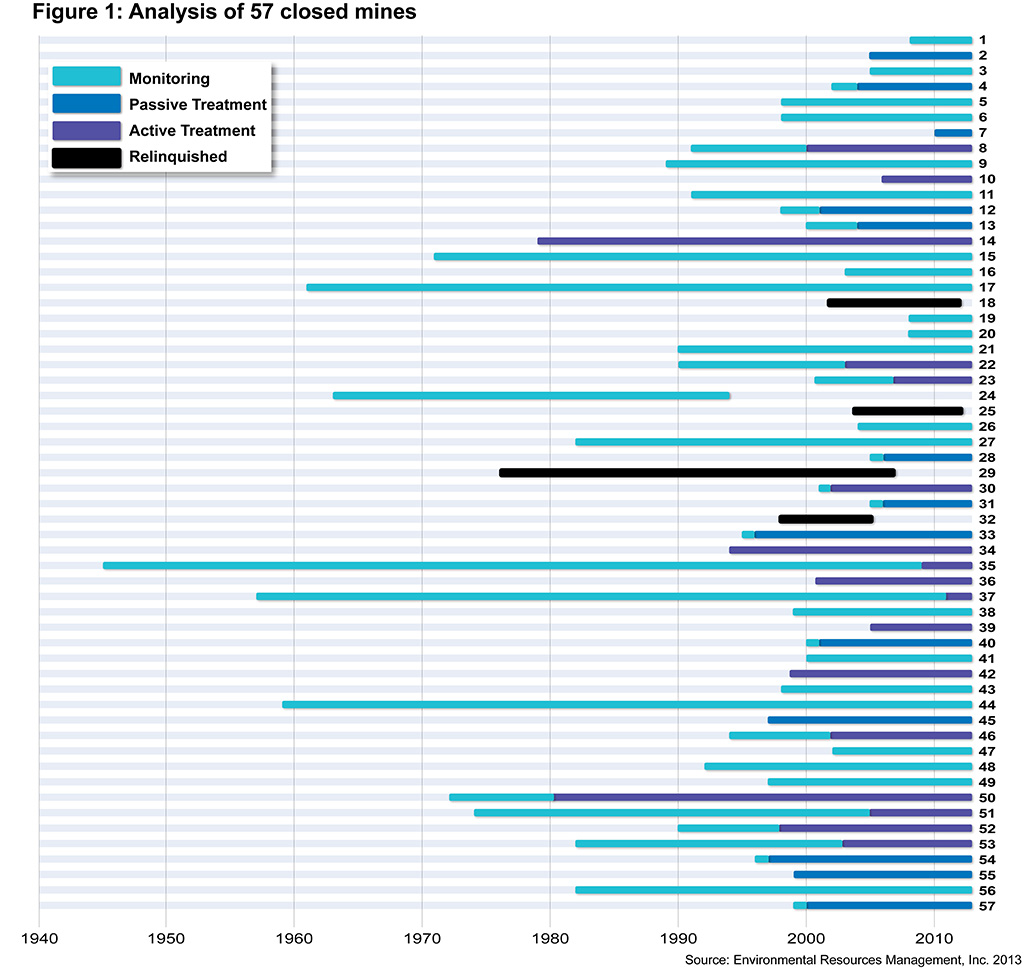ERM outlines the true cost of mine closure

Mining has long been the source of materials for modern society. It also has been critical in the establishment of associated secondary and tertiary economies. However, mines have a finite life, and mine closure poses a material risk to mining companies, other dependent industries and local economies.
To manage this risk, there appears to be a shared recognition of a need to better integrate closure into the overall mining life cycle; designing and operating with closure in mind. Unless mining companies think more strategically about closure, the long-lasting trail of liabilities will continue to mount.
Closing a mine poses a material financial and social risk that puts broader economic survival, future investment in mining and maintaining a license to operate in jeopardy
Managing the end of life process and closing down mines is far from a mining sector challenge alone. Businesses and communities that have been built up around the mine also need resiliency planning involving local governments and other industry to ensure long-term economic success.
Investors, regulators and mining companies are realizing that planning for and executing closure strategies is not just a financial accounting exercise and a mining engineering challenge. Closing a mine poses a material financial and social risk that puts broader economic survival, future investment in mining and maintaining a license to operate in jeopardy.
The ability to relinquish mines post closure remains an enduring challenge. While mines regularly “close”, whereby production ceases and rehabilitation/decommissioning are carried out, achieving relinquishment or being able to hand over the site for next use can take many decades.
As the mining sector continues to embrace a changing world and redefines its role in the broader mining and metals ecosystem, there is an opportunity to challenge traditional paradigms to reduce crippling liabilities, create social value and stabilize economies.

Mine closure has traditionally been viewed as a means to an end; an eventuality that manifests itself as the boom and bust cycle inherent with mining. Often the stated goal for closure is to relinquish physically and chemically stable lands — a goal that the evidence suggests is largely unattainable. ERM reviewed 57 mines across the world that ceased production between 1945 and 2012. Only five of these mine sites have been relinquished for next use, with no further mining company obligations. Of the remaining mines, all are still in care and maintenance, and many have very high annual maintenance costs.
Louise Pearce is global managing partner of the mining sector at ERM, a sustainability consulting firm. The article was written with the assistance of ERM partners Simon Tillotson and Derek Chubb.
More News
{{ commodity.name }}
{{ post.title }}
{{ post.date }}

Comments